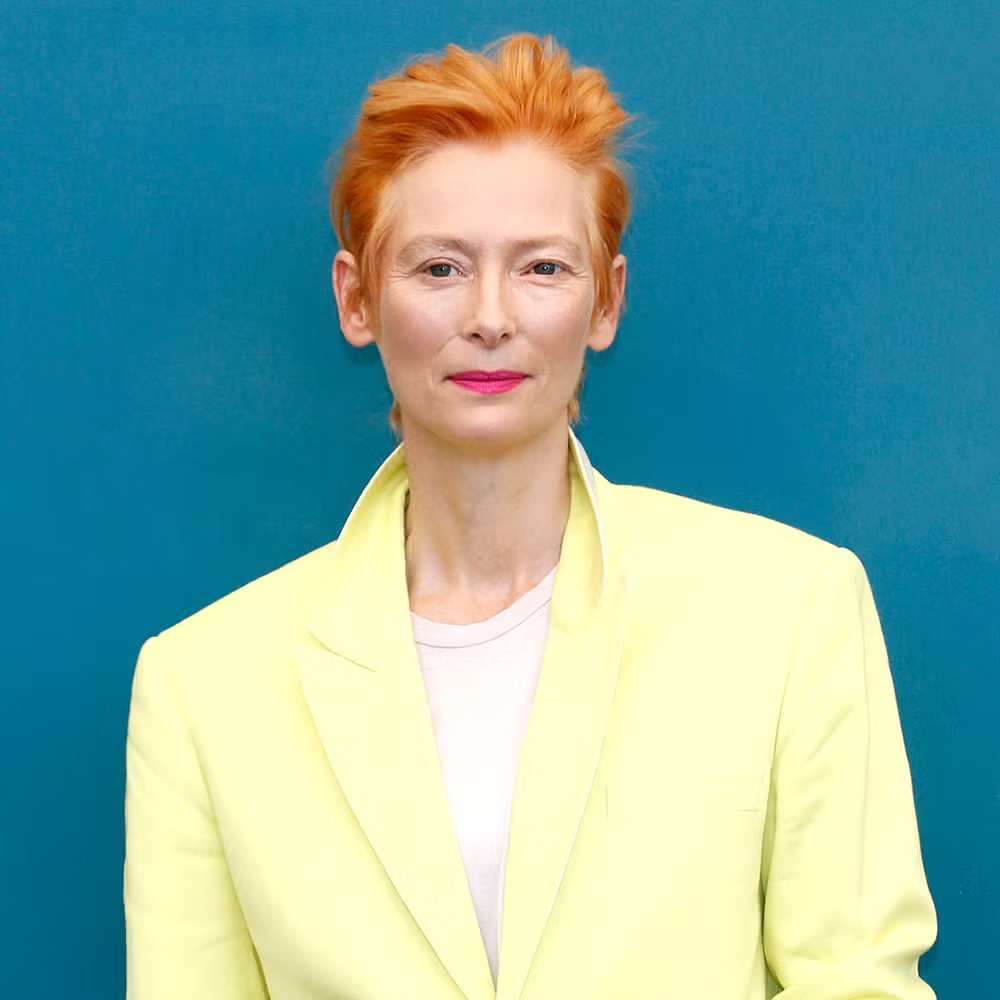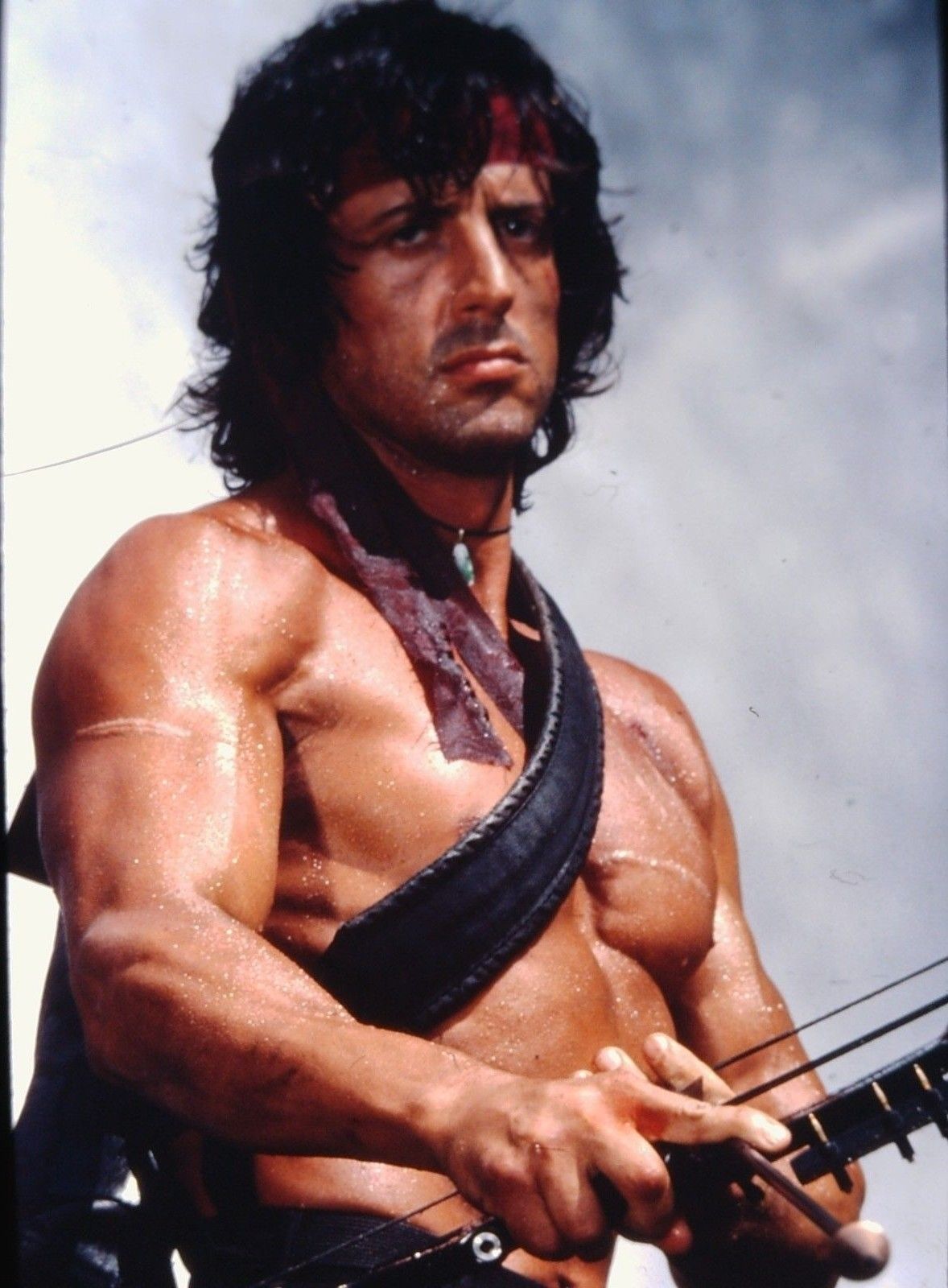
Introduction
Margaret Qualley, an American actress and model, is rapidly becoming a household name in Hollywood. Known for her captivating performances and striking presence, she has taken on diverse roles that showcase her versatility. As the daughter of actress Andie MacDowell, Qualley has carved out her own niche in the film industry, drawing attention with her talent and dedication. Her rise in the entertainment world not only highlights her skills but also reflects changing trends in Hollywood towards more dynamic storytelling.
Career Highlights
Margaret began her career in 2013 with a small role in the television series ‘The Leftovers’, where she portrayed Jill Garvey. Her performance garnered significant acclaim, placing her on the radar of major directors and casting agents. In 2019, she delivered a standout performance in Quentin Tarantino’s ‘Once Upon a Time in Hollywood’, where she played a brief but impactful role as actress Pussycat. This role further solidified her position as a rising star in cinema.
In addition to her film work, Qualley has thrived in television with her recent lead role in ‘Maid’, Netflix’s critically acclaimed limited series inspired by Stephanie Land’s memoir. The show explores themes of struggle, resilience, and motherhood, and Qualley’s portrayal of Alex, a single mother navigating the challenges of poverty and domestic abuse, has earned her nominations and praise from critics and audiences alike.
Recent Projects and Current Trends
This year, Margaret has been involved in several exciting projects that continue to showcase her acting range. Following ‘Maid’, she has been cast in the upcoming film ‘Sanctuary’, which is generating buzz for its thrilling storyline and intense characters. In addition, her collaboration with high-profile directors and actors reflects a notable trend in Hollywood towards deep character development and poignant storytelling.
Moreover, Qualley’s work has drawn attention to important societal issues, such as mental health and the hurdles faced by single parents, making her a relevant figure not only in film but also in cultural conversations. As she continues to tackle these narratives, her influence grows, resonating with a wider audience.
Conclusion
Margaret Qualley’s ascent in Hollywood represents not just personal achievement but also a broader shift in the industry towards authentic representation and complex storytelling. With her current and upcoming projects, she is poised to become a lasting figure in cinema, inspiring other young actors along the way. As audiences look forward to more from her, it is evident that Qualley is not merely a star in the making but a prominent voice in contemporary film.
You may also like

The Journey of Jon Hamm: From TV to Film Star

The Multifaceted Career of Tilda Swinton
